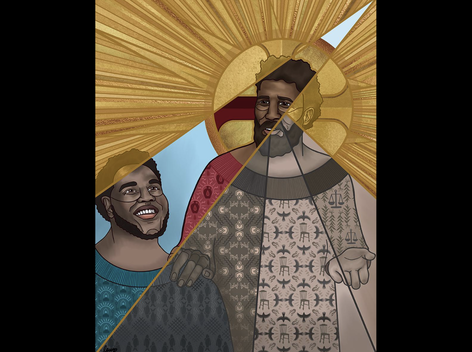 Young at Heart Message We are going to begin today’s message a bit differently than normal. One of the reasons I enjoy using Sanctified Art as a resource is because they provide art that is unique to each week’s theme. So, today, I would like us to look at and think about the art that goes with today’s scripture and theme. As we look at the art, I would like to provide some of the information about the piece that the artist provided in their statement about the image. Then, I’d like for us to think about how this image might relate to today’s message. So, let’s start by simply taking a few silent moments to look at the piece of art and take it all in. What meaning might we find in this piece of art? How does it relate to today’s scripture? The artist states: “In this image, I wanted to create a kaleidoscope of perception, imaging the ways Jesus is perceived in the context of this passage, like light broken down into a myriad of shapes and colors.” Let’s look a little closer at each of the elements the artist chose to depict. In the gold rays of light Jesus’ form is obscured by the metallic shine of God’s glory. In the gray and earth-tone rays he is seen in monochrome. Each of the earth-tone rays holds a pattern on Jesus’ clothing which represents a misunderstanding of who Jesus is. Starting in the monochrome slice on the left, honey, locusts, and baptismal waters misidentify him as John the Baptist. Within the next ray to the right, ravens, an empty chair, rain, and fires from the heavens misidentify him as Elijah. On the right, scales of justice and plants being uprooted and planted misidentify him as Jeremiah. Through the middle of the image, there is a ray of light where the image comes into full color that holds this moment of clarity where Jesus and Peter truly see one another. In this ray, Peter’s clothing holds symbols of his new identity: a rock upon which the church will be built and keys to the kingdom. Jesus’ clothing holds imagery—an oil jar and the light of the sun—representing the way Peter sees him as the Messiah and Son of the living God. Did you see all of that imagery when you first looked at the full piece of art? I definitely didn’t. But I can appreciate the explanation and now, when I look at the full image, I can see deeper meaning, especially as it relates to today’s scripture. Let’s look one more time at the whole image and take a moment to piece the entire thing together before we move into the next part of the message. The Message
What does all of this mean for us today? What is this story about Peter teaching us? We don’t really know from today’s scripture if this was a moment of clarity for Peter, if he was just regurgitating the answer he thought Jesus wanted to hear, or if he was trying to convince himself that dropping everything and following this man was worth it, but we generally consider this passage to be a breakthrough for Peter. He does still falter a bit as we get closer to Jesus’ betrayal, but this passage is definitely a turning point and a significant event in Peter’s life (and in Jesus’ ministry). Jesus fully sees Peter as more than Simon - fisherman and son of Jonah. He renames him Peter, the blessed foundation through which his ministry would take root and continue to grow. Jesus sees Peter through the eyes of God. And, Peter sees Jesus as more than a teacher and companion. He sees through the veil of confusion concerning Jesus’ identity. He doesn’t see him as the reincarnation of a former prophet, or another contemporary baptizer pointing the way. He names Jesus as the “anointed one,” the one his people have so desperately longed for. Peter proclaims Jesus as Messiah and Son of the living God. This mutual realization that both Jesus and Peter have in this passage, and the significance of the renaming of Peter and properly identifying Jesus as the Messiah is incredibly important. We must remember that the Jews conceptualized the idea of the Messiah differently than the ways that Jesus actually personified the Messiah. Jesus was not what they expected, so they spend most of his ministry resetting their expectations and questioning a lot of what Jesus does. The fact that Jesus asks Peter who he is, and Peter’s response identifying him as the Messiah is significant because Jesus has been misidentified several times previously as another prophet. When Jesus first asks the disciples who they say he is, they respond with what other people have been saying about him – that he’s John the Baptist, or Elijah, or Jeremiah. But Jesus presses them and challenges them to think for themselves. In doing so, he prompts Peter to identify him properly and clear up any confusion. Then, Jesus renames Peter. The idea of naming and identification carries tremendous meaning, both for us today and for Peter then. Peter is honored by being told he will be the rock on which the church is built. The change of his name here is a reminder that names are important, they carry meaning, and changing names can carry tremendous weight for people – both today and in the time of Jesus. People change names for reasons that are important and significant to them. The fact that Peter chose to go by his new name demonstrates how honored he felt that Jesus chose that name for him. There are several characters in the Bible whose names are changed. Each time, once the name has been changed, other characters in the texts immediately begin using the new name. It demonstrates that even in the ancient world, naming and properly identifying people carries significant weight. It is important, even to Jesus, and to the rest of us as well, to be properly identified. It is part of who we are, and helps us to create meaning in our lives and relationships with others. Peter was not only honored, but also humbled by being renamed and being told that he was the rock on which Christ’s church would be built. He also demonstrates the grace that Jesus offers to all of us. Peter wasn’t perfect, we know that. Jesus sought out Peter, Jesus rescued him, and now Jesus offers him grace and space to recognize him as the Messiah even as he questioned him previously. Jesus also knew Peter would deny him again in the future. And still Jesus honored him with his new name, the trust to be the rock on which the church would be built, and the key to Christ’s kingdom. This imperfect disciple who questions and wonders, and who carries throughout the Gospels a Wandering Heart is still honored and loved and trusted by Christ. And the Good News we receive through this passage is that if Christ can love this imperfect man this much, he can and does love us, too. Christ names us, identifies us, seeks us, rescues us, and welcomes us to join him on the mountaintop. All we need to do is accept his invitation. Amen. Let us pray: Holy God, For generations people have bowed their heads, have prayed the Psalms, have asked for your presence in their lives. For generations people have whispered, “May the words of my mouth and the meditations of my heart be acceptable and pleasing to you, O God.” For generations we have gathered here, we have quieted our minds, we have prayed to feel your presence in our midst. So, just like the generations before us, we turn our hearts to You. Still our busy minds so that we might truly comprehend what you have said to us today. With joy and hope we pray, Amen.
0 Comments
Leave a Reply. |
AuthorRev. Jamie Almquist is the pastor at Good Shepherd Moravian Church in Calgary. Archives
July 2024
Categories
All
|
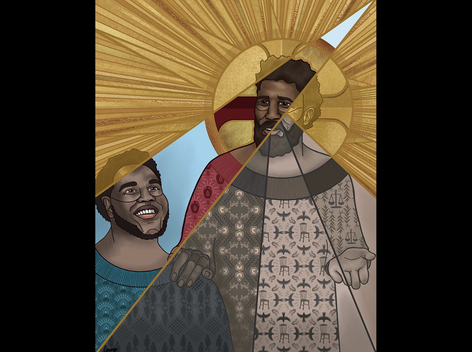


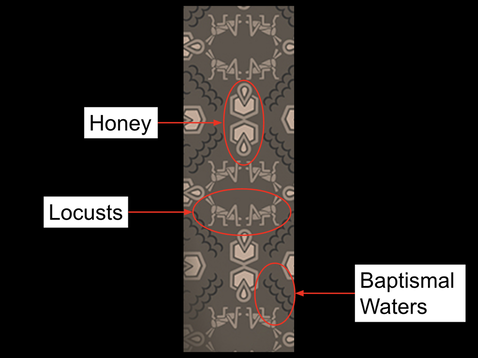
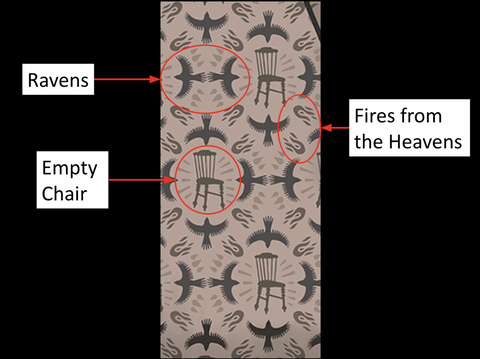
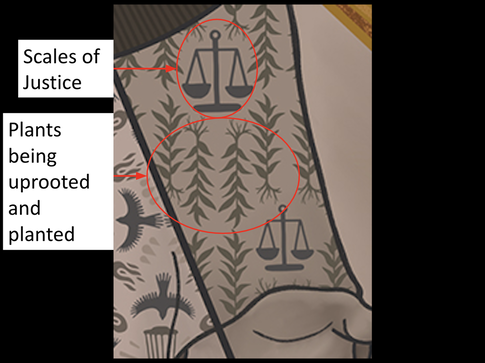
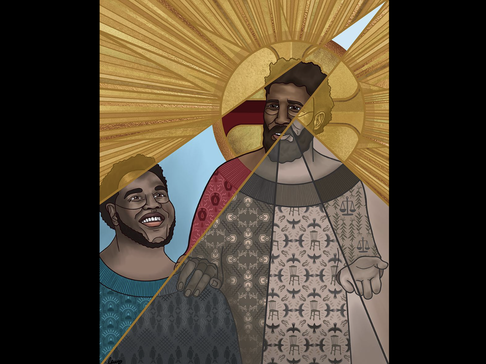
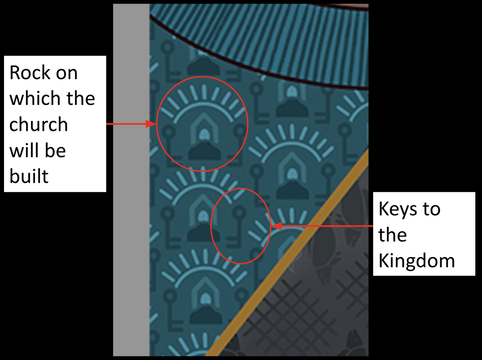
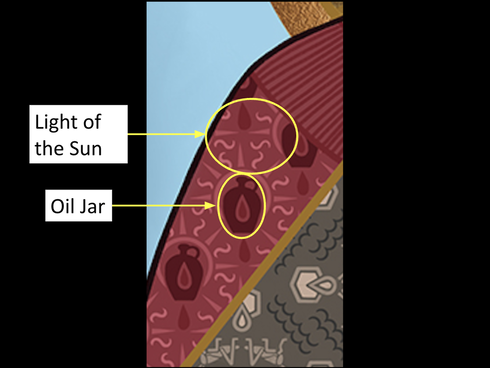
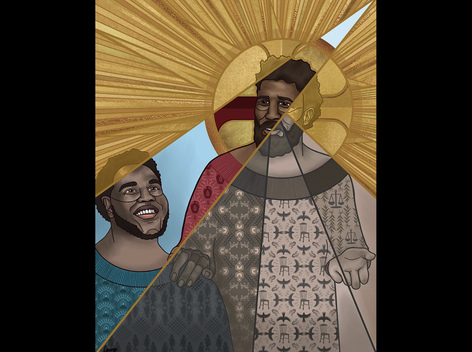
 RSS Feed
RSS Feed